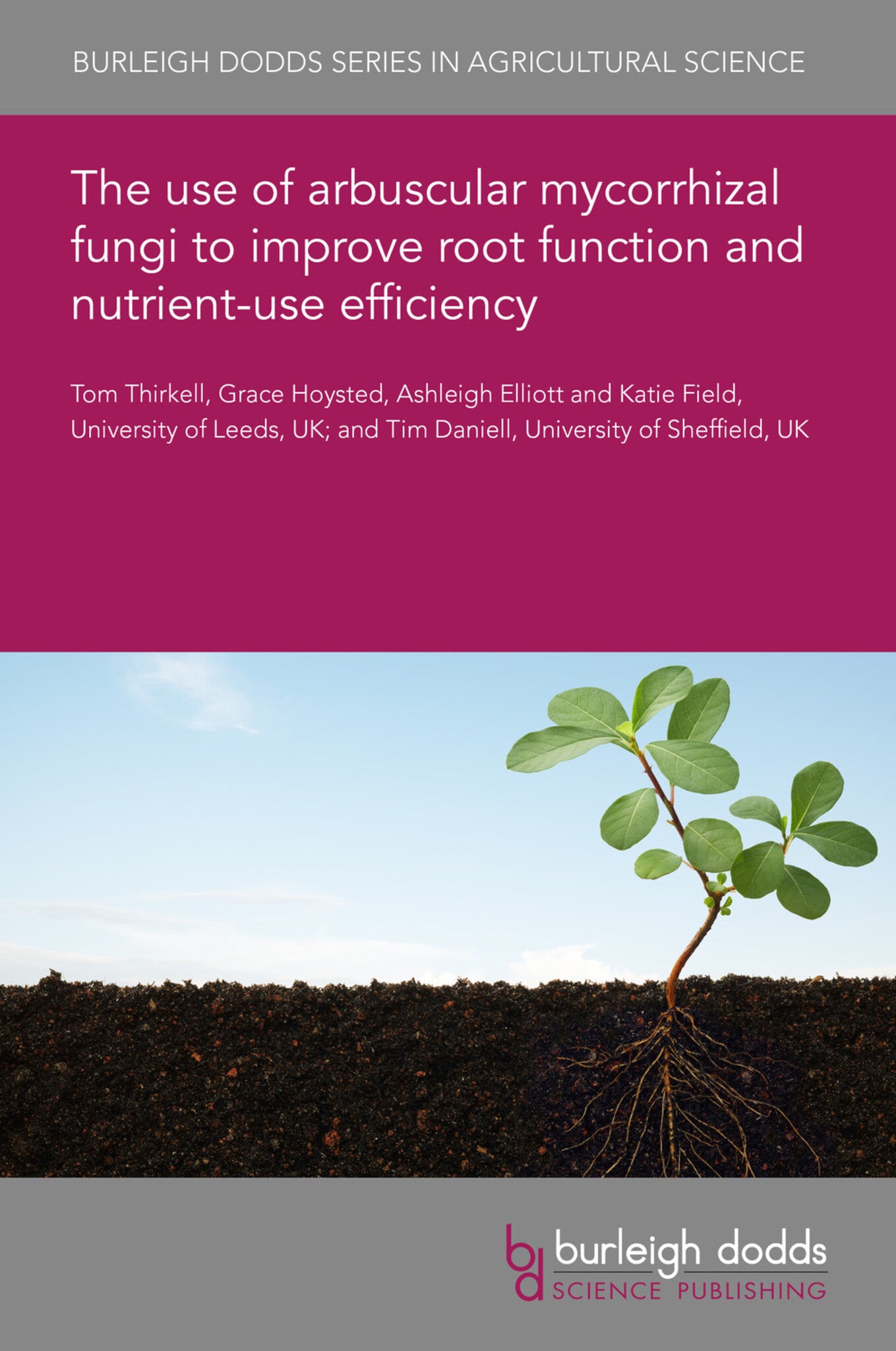We're sorry. An error has occurred
Please cancel or retry.
The use of arbuscular mycorrhizal fungi to improve root function and nutrient-use efficiency
Regular price
£25.00
Sale price
£25.00
Regular price
£25.00
Unit price
/
per
Sale
Sold out
Re-stocking soon
Arbuscular mycorrhizal fungi (AMF) form endosymbiosis with over 70 % of land plants, including most crops including cereals. These symbioses facilitate resource exchange between partners and can si...
Read More

Some error occured while loading the Quick View. Please close the Quick View and try reloading the page.
Couldn't load pickup availability
- Format:
-
18 January 2021

Arbuscular mycorrhizal fungi (AMF) form endosymbiosis with over 70 % of land plants, including most crops including cereals. These symbioses facilitate resource exchange between partners and can significantly increase plant nutrient uptake and growth, among other benefits. AMF ubiquity in agricultural soils, in addition to the many roles they are known to play in soil health, demands we consider them when discussing crop function. We discuss how AMF are capable of increasing crop acquisition of macro- and micronutrients. We examine further impacts that AMF have on root system architecture, and how this relates to nutrient acquisition. We highlight reasons why potential benefits of the symbiosis are often not realised and how this influences current perspectives on the utility of AMF. We also discuss aspects of modern agronomy practice which are deleterious to mycorrhizal functioning. Strategies are suggested by which mycorrhizas might be exploited in future highlighting future research priorities.

Price: £25.00
Publisher: Burleigh Dodds Science Publishing
Imprint: Burleigh Dodds Science Publishing
Series: Burleigh Dodds Series in Agricultural Science
Publication Date:
18 January 2021
ISBN: 9781801460040
Format: eBook
BISACs:
TECHNOLOGY & ENGINEERING / Agriculture / Agronomy / Crop Science, Agronomy and crop production, TECHNOLOGY & ENGINEERING / Agriculture / Sustainable Agriculture, Sustainable agriculture

1 Introduction 2 Mycorrhizal nutrient acquisition 3 AMF effects on root architecture 4 Barriers to AMF utilisation in agriculture 5 Adapt, replace, restore (or ignore?) 6 Conclusion 7 Future trends in research 8 Where to look for more information 9 References



